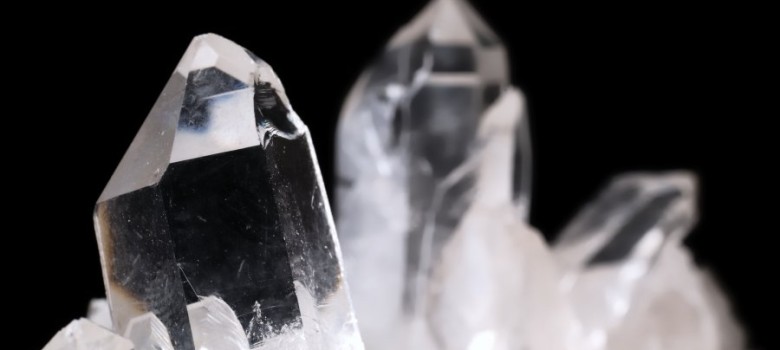
What are piezoelectric materials?
Piezoelectric materials are materials that produce an electric current when they are placed under mechanical stress. The piezoelectric process is also reversible, so if you apply an electric current to these materials, they will actually change shape slightly (a maximum of 4%).
There are several materials that we have known for some time that posses piezoelectric properties, including bone, proteins, crystals (e.g. quartz) and ceramics (e.g. lead zirconate titanate).
However, in May 2012, it was announced that University of California Berkeley lab scientists have found a mechanism of harnessing piezoelectricity from viruses. This is the first time a biological material has been used to make piezoelectricity.
Why are piezoelectric materials of interest?
Imagine walking down the street and charging your phone as you walk, charging your laptop by typing, or powering a nightclub by dancing on a piezoelectric floor! The concept of piezoelectricity has been around since the 1880s and was discovered by Jacques and Pierre Currie. Despite already being used in things like lighters to create the spark that ignites the gas, using it as an everyday energy source is still a long way off.
Issues with current piezoelectric materials
There are 3 issues that we are currently faced with in trying to tap into piezoelectricity as a viable electricity production method:
- The major issue one is that the quantity of electricity produced is so small, so unless vast installations were set up, it simply would not have the strength to power our latest gadgets.
- The current is only produced when there is mechanical stress being applied, so as soon as you stop compressing the material, there is no charge produced.
- The final issue is that up to now, many of the starting products needed to produce the piezoelectric materials are toxic and difficult to work with.
Why newly identified viral piezoelectric material could be the answer
There are many reasons why this finding could revolutionise the piezoelectric field. Firstly, viruses replicate incredibly quickly, producing millions of identical viruses within hours, so your supply is potentially limitless. In addition, as it is a virus, scientists can relatively easily genetically engineer it, thereby improving its piezoelectric characteristics. The virus itself is shaped as a rod, so when many come into contact, they naturally orient themselves into a amazingly organised film.
If you look at the Windstalker technology, you will see that the engineers behind it looked at ceramic piezoelectric materials being positioned within the wind stalks to harness the wind’s energy. This new research completed by the Berkeley lab, could make this potential technology more viable, as there is now a cheaper source of the piezoelectric material.
The future of piezoelectricity
Piezoelectricity is an exciting field of Nanotechnology, and there are already tests being run outside labs to try and harness this form of power. In many places including Japan’s subway, dance floors across the world and football stadiums, engineers have already put in place piezoelectric floors that use the high volume of footfall to decrease their demand for electricity from the grid. With a bit of luck in the years to come, piezoelecticty will become another weapon which we can use to reduce our reliance on fossil fuels and to derive the energy we need.












I appreciate all that was written here on piezoelectric materials and what to look for when constructing your own software. This information would be ideal for anyone who might be trying to build their own nanopositioners. Because that would be too much work for me, I would just consider buying a system that would be ideal for your business. Thanks again for the help!
nice info just tell the advantages also….
no
what are those piezoelectric materials that could be used in concrete
Are piezoelectric materials ‘energized’ by way of hydrostatic pressure (changing) of any liquid, off course, but mainly water.
Yes, precisely.
who is ?
i agreeeeee
it was helpful